
Food Prices Reach Highest Level Since April 2023
Rising dairy and vegetable oil prices drove the FAO Food Price Index up by 5.7 percent from November 2023 and to the highest value seen since April 2023. The Index remained more than 20 percent below the peak reached in March 2022, however.
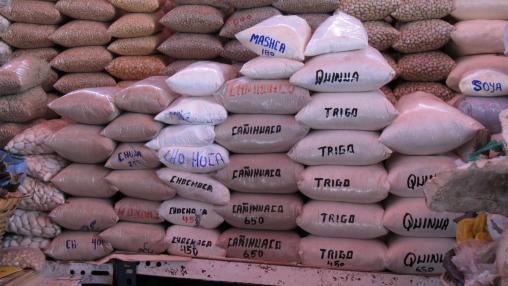
FAO Food Price Index Reaches Highest Level in 18 Months
The FAO Food Price Index rose 2 percent in October to reach its highest level since April 2023. However, the Index remained 20.5 percent below the record high seen in March 2022.

India lifts export restrictions on rice
Over the past two months, India has removed several of its restrictions affecting rice exports, some in place since September 2022. This is welcome news for rice importing countries, which for the past year have had to seek alternative suppliers at significantly elevated prices.
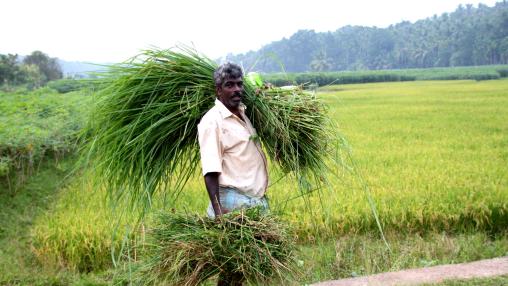
FAO Food Price Index Sees Largest Monthly Increase Since May 2022
In September, the FAO Food Price Index saw the largest month-on-month increase since May 2022, rising 3 percent from August. While the Index is 2 percent higher than its September 2023 level, it remains over 22 percent below its March 2022 peak.
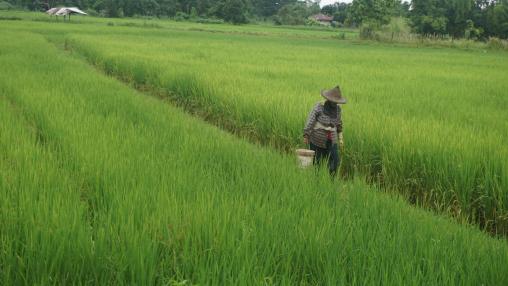
Fertilizer Prices Declining But Remain High Globally: FAO Food Price Index and AMIS Market Monitor Released
The FAO Food Price Index declined slightly in August due to falling sugar, meat, and cereal prices. The Index was just over 1 percent lower than its August 2023 value and nearly 25 percent below the peak reached in March 2022.
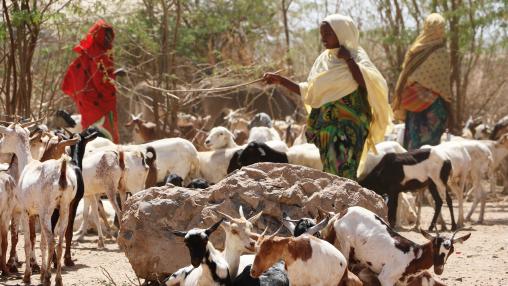
Catastrophe-Level Food Insecurity Highest Ever Recorded: GRFC Mid-Year Update Released
According to the Global Report on Food Crises (GRFC) Mid-Year Update, the number of people facing or expected to face IPC Phase 5 (Catastrophe/Famine) food insecurity more than doubled from 2023 to 2024: from just over 700,000 people to 1.9 million people in four countries/territories. This is the highest number ever recorded by GRFC reporting.
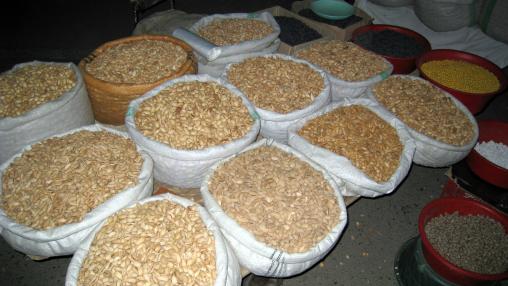
Cereal Prices Continue to Fall in July
Declining cereal prices drove the FAO Food Price Index down slightly in July despite increasing vegetable oil, meat, and sugar prices. The Index was 3.1 percent lower than its July 2023 level and nearly 25 percent below the high seen in March 2022.
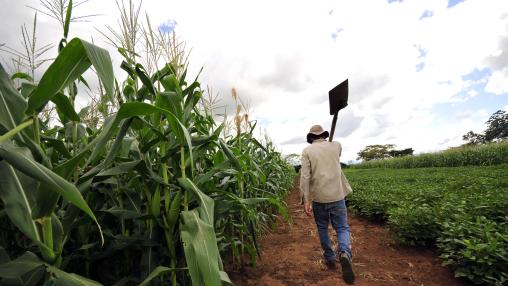
Echoes of inflation: unpacking the drivers of food prices in Central America
In 2022, Central America experienced significant surge in food prices, a trend that was evident in Honduras. The country saw year-on-year monthly food inflation exceeding 12% from May 2022 to May 2023, with rates surpassing 17% in eight of those months.
In the following lines, we address the underlying causes of the food and fertilizer price surges, and the actions that can be taken to mitigate this situation in Central America.
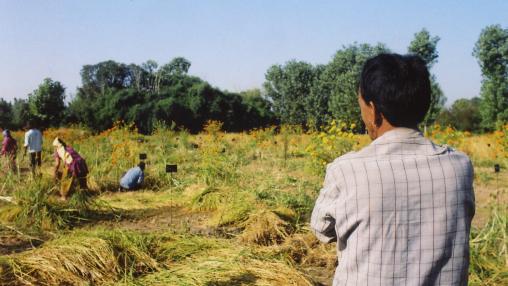
After a year, India’s rice export restrictions continue to fuel high prices
In July 2023, the Indian government announced export restrictions on non-basmati white rice. Coming after earlier export limits on other types of rice, the action was taken in part due to a strengthening El Niño that threatened to limit rice production and fuel rising food inflation—a potential political liability for the Modi government as it faced upcoming general elections in spring 2024.

Cereal Prices Fall in June, Concerns over Weather Remain
After three consecutive months of increasing prices, the FAO Food Price Index remained steady in June, with rising vegetable oil, sugar, and dairy prices balancing falling cereal prices. The Index remained 2.1 percent below its June 2023 level and almost 25 percent below the peak seen in March 2022.